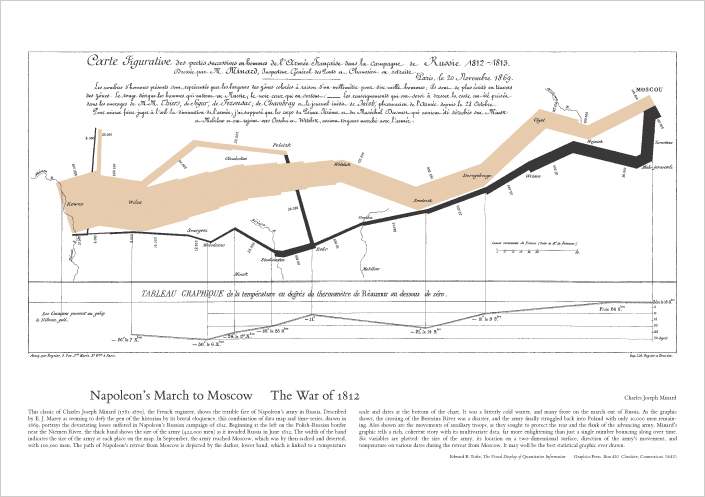Instead of
curating and sending out all my notes, I thought I’d just boil them down to a
list of a few take-aways I got from the day. Feel free to do what you
want this these.
8 seconds
Ron Nydam from
Apple mentioned that it takes 8 seconds for people to develop an impression of
your app. Ron believes on focusing on the basal ganglia response, the
emotional part of the brain, instead of the analytic, mechanical part of the
brain. He wants people to connect naturally, without having to use your
analytic brain. Later, Mark Gathen from Cox mentioned his “3X” rule –
“customers try to figure things out 3 times...after that they give up for
good.” Ron added, "it's a really short trip to the back of the 'app
sock drawer' "
Failure is
the rule
Doug Kim worked
on the picker for TV everywhere – that’s the screen that lets you pick your
cable company then prove you have cable, so that you can watch TV programming
online. He had a stunning graph that showed more people fail then succeed
in authentication, and in many cases it’s 2 people failing for each success – a
reminder of how complicated and important the problem is.
It’s
listening
Those apps that
sync up live to TV shows (Like Falling Skies or the coco app) use something
called ACR or Automatic Content Recognition. It works with a high pitched
audio signal that's above the range of human hearing. The device listens
to that tone, and constantly coordinates the timing of the show with the
presentation on the screen. Using it the falling skies app would overlay
blood splatter or bullet holes in the millisecond someone was cut apart or shot
at to more immerse viewers into the show.
Experiences
in FOUR dimensions
The MML team
went beyond creating personas; they wrote out a whole timeline of stages of
interaction for each of those personas. It outlined how they interact
with College Basketball in general (and March Madness in particular) throughout
the year…from the start of basketball season all the way through championship
game…then used that map to better tailor the app to meet the needs and
experience of those users at those times.
Story telling
= STORY YELLING
The Sapient guys
said people learn more from an experience than from a story, because consumers
want to be the hero of their own story. Typical story telling is a
decidedly one-way experience, and many “enhancements” of that model make it
just a LOUDER one, not anything different. With that in mind, their
cognitive model is based on city planning instead of
architecture. They created a cool thing for Vail ski resort
called EpicMix that gives each skier an RFID tag, then uses that to track how
much they ski, compare their times to Olympians, and connect them to pics taken
by roving photographers.
Comps are
like fire
The Sapient guys
said visual design comps are like fire: sometimes good and sometimes bad.
Having appropriate imaging during testing can help focus users on the tasks at
hand (instead of "what does lorem ipsum mean?"), but sometimes the
visual comps can make user focus more on the color palette and visual decisions
instead of the content that needs to be tested.
Some other
quick hits:
- · Sapient occasionally conducts guerilla user research with “social listening” (checking what people are saying about the company on twitter, facebook, etc) in the place of dedicated field studies where the budget requires
- · Ron Nydam mentioned that Facebook has become the unofficial 3rd OS in the marketplace – interesting cognitive model
- · Andreas Adamec said we study gorillas in the wild because we in their natural environment you learn most. Ask questions, get them emotionally engaged in the app, then just shut up and let them narrate.
- · Ron mentioned in second screen apps, you need to be careful when and how to engage. People don’t want to be asked ’how do you feel about” something. He said to listen to the 2,3 and 4 star reviews online, because they hold people whose opinions aren’t clouded with an overwhelming love of hate for the product.


